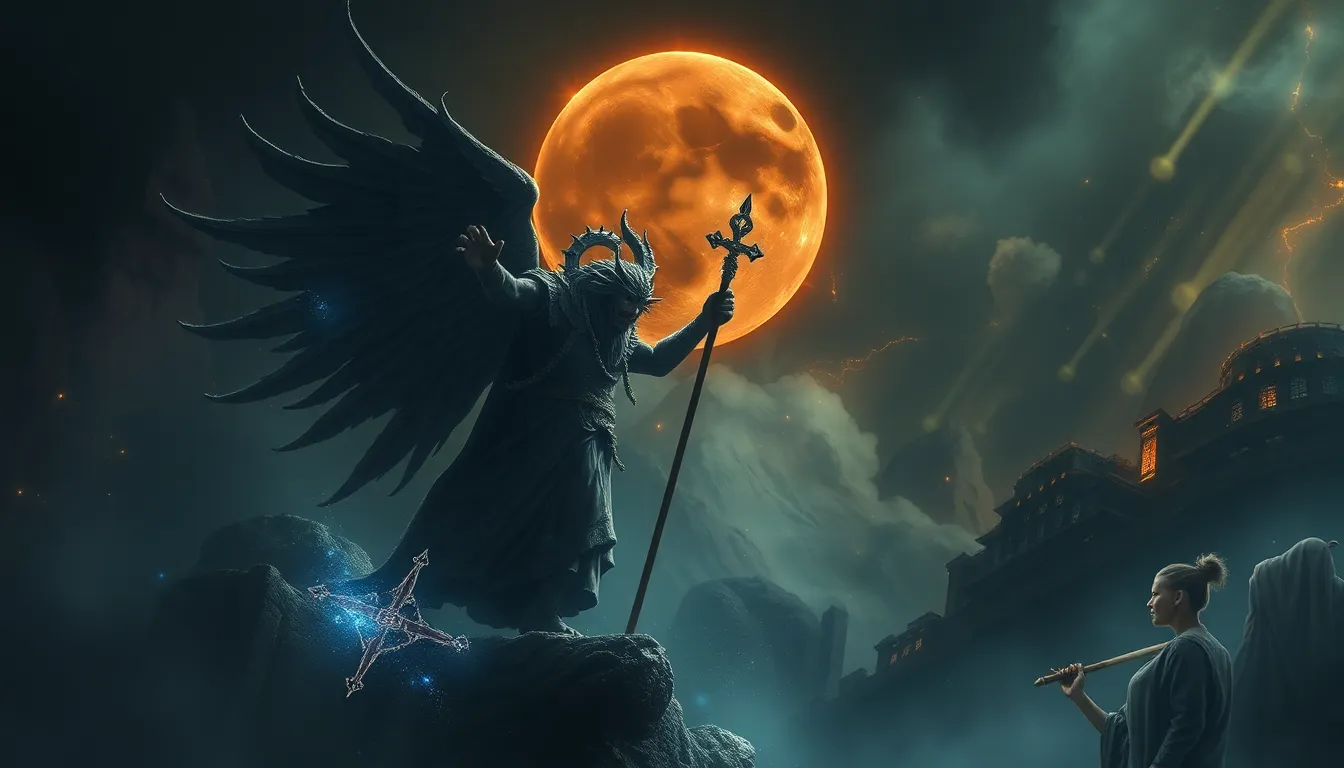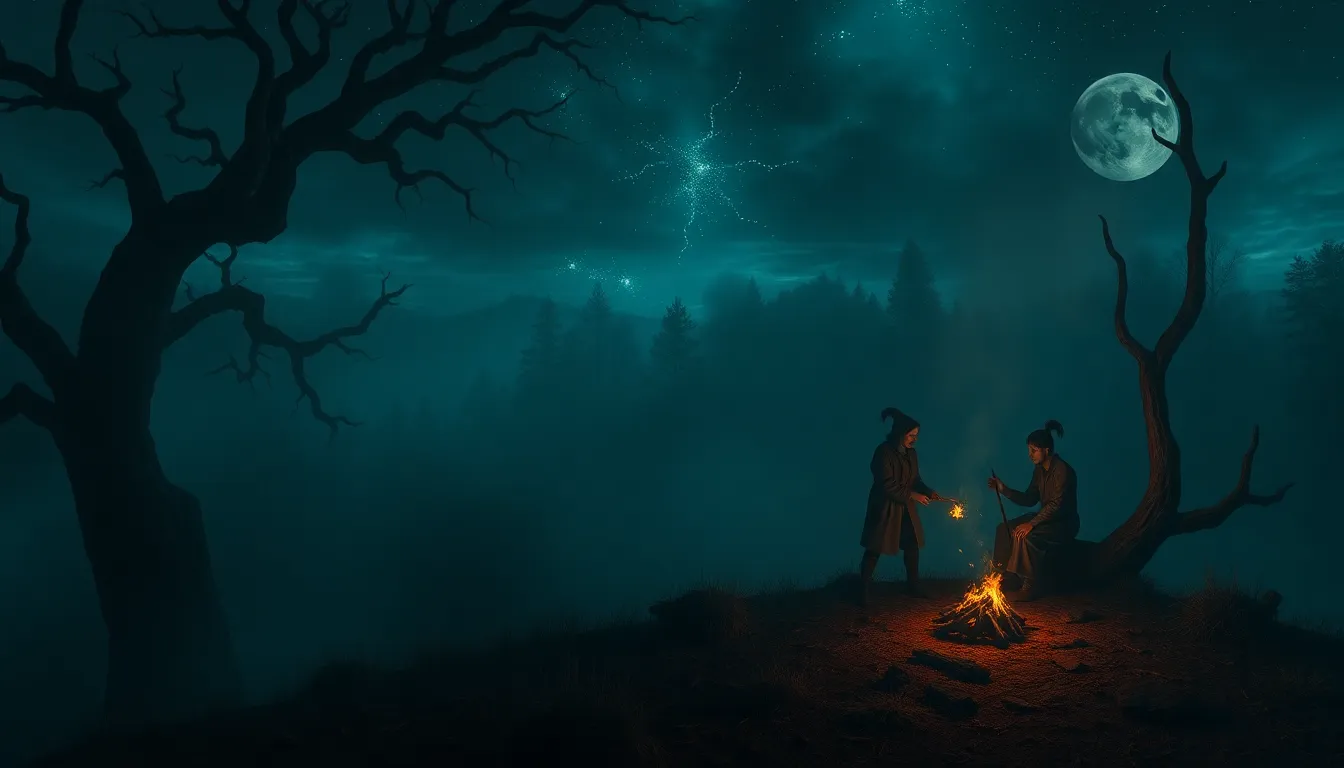Baltic Mythology: A Tapestry of Nature and Spirit
Baltic mythology, a rich tapestry of ancient beliefs and traditions, offers a unique window into the spiritual world of the Baltic people. Rooted in the natural world, it paints a vibrant picture of interconnectedness between humanity, nature, and the divine. Unlike many other belief systems, Baltic mythology doesn't focus on a single, all-powerful deity. Instead, it embraces a vast pantheon of deities representing various aspects of the natural world and the human experience. These deities, often with ties to specific geographical locations, embody the forces of nature, guiding and shaping the lives of their devotees. This deeply ingrained connection to nature is a key element of Baltic mythology, where the forests, rivers, and oceans are seen as sacred spaces imbued with spiritual power.
The Power of Symbols: Communicating with the Divine
Throughout history, humans have sought ways to connect with the divine. In Baltic mythology, symbols played a crucial role in bridging this gap between the earthly and the spiritual. These symbols, often drawn from the natural world, were more than just decorative elements; they served as a visual language, allowing people to understand and communicate with the divine. These symbols, used in rituals, ceremonies, and everyday life, served as powerful reminders of the unseen forces that influenced their lives. By understanding the symbols, people could tap into the energy and wisdom of the divine, inviting their blessings and guidance.
Sigils: A Bridge Between Worlds
Sigils are potent visual representations of intentions and desires. They act as a bridge between the conscious mind and the subconscious, allowing individuals to tap into their inner power and manifest their goals. In Baltic mythology, sigils were used to invoke the favor of specific deities or to harness the power of nature. These sigils were often intricate designs, incorporating symbolism from the natural world, such as trees, serpents, and birds. Imagine carving a sigil onto a wooden amulet to attract prosperity or drawing a sigil in the sand before embarking on a journey. The act of creating and using a sigil is a powerful act of intention setting, aligning oneself with the desired outcome.
The Tree of Life: A Symbol of Cosmic Unity
The Tree of Life is a central motif in Baltic mythology, representing the interconnectedness of all things. This powerful symbol represents the connection between the heavens, the earth, and the underworld, highlighting the cyclical nature of life and death. The roots of the Tree of Life delve deep into the earth, drawing upon its nourishing energy. The trunk, reaching towards the heavens, connects with the divine, while its branches spread wide, encompassing all beings. This symbol served as a reminder of the interconnectedness of all things, emphasizing the importance of respecting the natural world and living in harmony with its rhythms.
The Sun and Moon: Divine Luminaries
The sun and the moon play significant roles in Baltic mythology, representing celestial deities that govern the cycles of life and death. The sun, a source of warmth and light, is often associated with the male principle, representing creation, vitality, and growth. The moon, reflecting the sun's light, holds feminine energy, symbolizing intuition, nurturing, and the mysteries of the night. Together, they represent the harmonious balance of light and darkness, life and death, and the cyclical nature of existence.
The Serpent: Guardian of the Underworld
In Baltic mythology, the serpent, a creature often associated with wisdom, transformation, and the mysteries of the underworld, plays a complex role. While sometimes seen as a trickster or an enemy, the serpent also embodies the wisdom of the ancestors and the secrets hidden in the earth. It represents the cycle of life and death, shedding its skin to reveal a new form, symbolizing renewal and transformation. The serpent's connection to the underworld makes it a powerful symbol of the unknown, the unseen forces that govern our lives. It often guards thresholds and portals, representing the boundaries between the worlds and the challenges we face as we navigate life's journey.
The Bird: Messenger of the Gods
Birds in Baltic mythology hold a significant place as messengers of the gods, carrying messages between the human and spiritual worlds. They are seen as symbols of freedom, hope, and the ability to see beyond the limitations of the physical world. Different birds hold distinct meanings, with ravens often associated with wisdom, owls with knowledge, and swallows with fertility. Their songs and calls are believed to carry divine messages, offering guidance and warnings. Bird symbolism in Baltic mythology emphasizes the importance of paying attention to signs and omens, recognizing the connections between the physical and spiritual realms.
The Earth Mother: The Source of All Life
The Earth Mother, a powerful deity in Baltic mythology, embodies the fertility, abundance, and nurturing force of nature. She is the source of all life, providing nourishment and sustenance for all beings. Her image is often depicted as a mother goddess, holding a cornucopia or a harvest basket, representing the bounty of the earth. She also plays a crucial role in the cycles of life and death, nurturing growth and renewal. The Earth Mother is a symbol of the interconnectedness of all things, reminding us to live in harmony with nature and to respect the power of the natural world.
Interpreting Sigils: Unveiling Their Secrets
Understanding the symbolism behind Baltic sigils is key to unlocking their power. Each element within the design carries a specific meaning, contributing to the overall intention of the sigil. To interpret a sigil, it's essential to consider the shapes, lines, and symbols used. For example, a sigil featuring a tree might symbolize growth, connection to nature, or spiritual awakening. A serpent within the design could represent transformation, wisdom, or a connection to the underworld. The colors used in a sigil also hold significance, with red often associated with passion, green with growth, and blue with peace.
The Enduring Legacy of Baltic Symbols
The symbols and sigils of Baltic mythology have endured for centuries, continuing to hold power and inspiration. Their influence can be seen in art, literature, and contemporary culture, reminding us of the rich spiritual heritage of the Baltic people. The enduring power of these symbols highlights their ability to transcend time and culture, offering a timeless language for connecting with the divine and understanding the mysteries of the universe.
FAQ
Q: What are some common Baltic symbols?
A: Some common Baltic symbols include the Tree of Life, the sun and moon, the serpent, birds, and the Earth Mother.
Q: How can I learn more about Baltic mythology?
A: You can learn more about Baltic mythology through books, websites, and documentaries. You can also explore local museums and cultural centers that showcase Baltic traditions.
Q: Are there any modern-day uses of Baltic symbols?
A: Baltic symbols are still used today in various ways. Some people use them in jewelry, tattoos, or artwork. Others may incorporate them into meditation practices or rituals.
Q: What are some ways to incorporate Baltic symbolism into my life?
A: You can incorporate Baltic symbolism into your life in various ways. You may choose to wear jewelry with Baltic symbols, create artwork inspired by them, or meditate on their meanings. You can also explore the natural world, paying attention to the symbols found in nature, such as trees, birds, and serpents.



